

Felipa Queiroz, Lorenzo Beust, Lucas Almeida, Rafaela Foz, Mariano Barone, Maria Luiza Toral, Meia e Thais Suguiyama
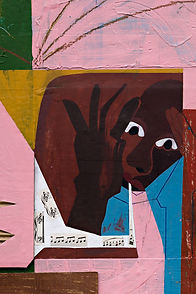
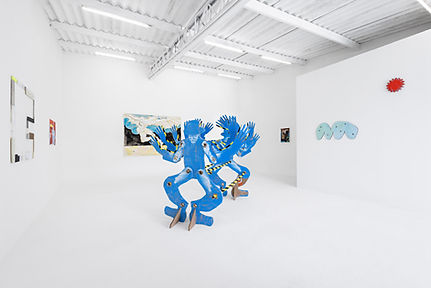

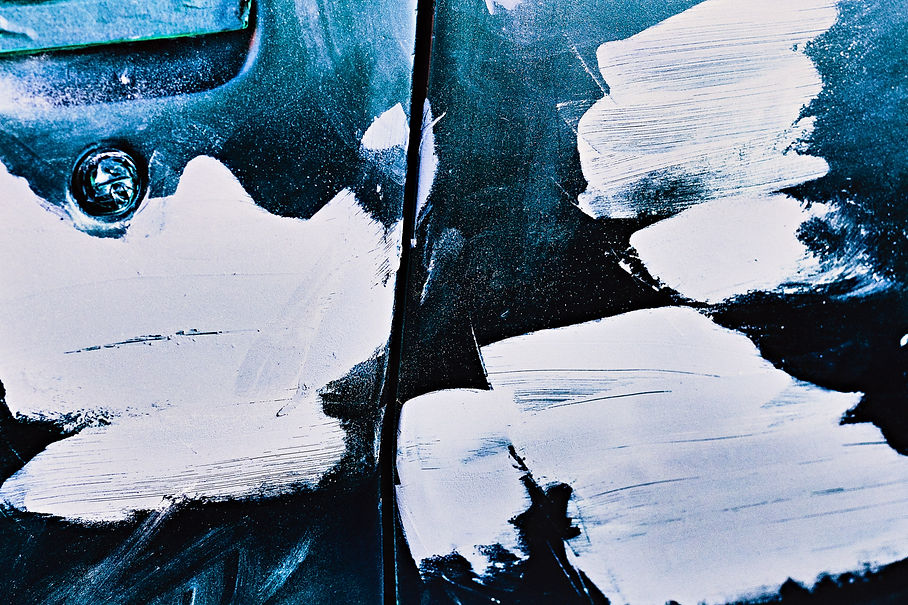
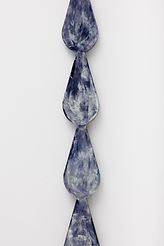
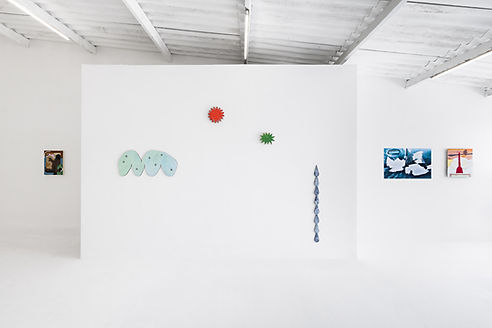


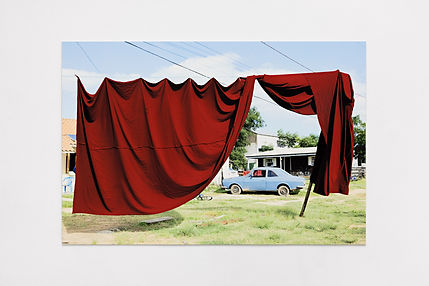

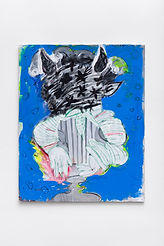
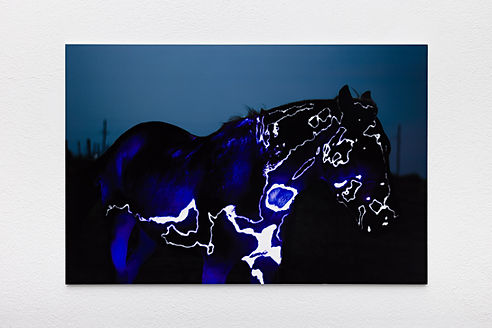




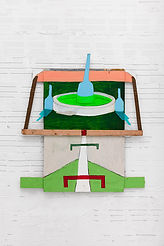
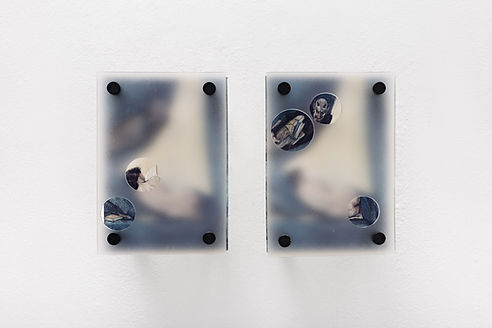



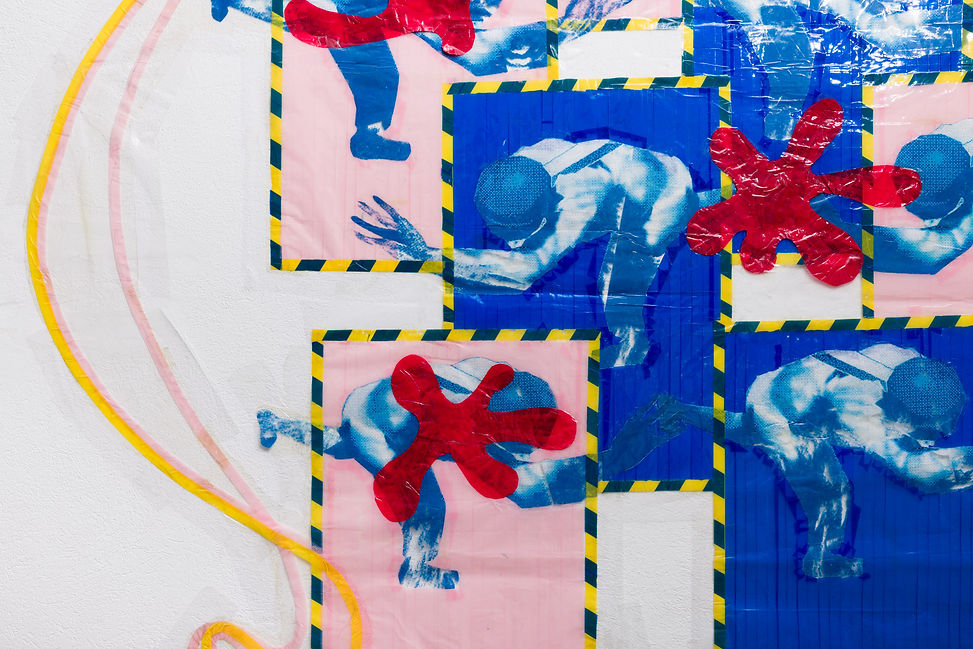
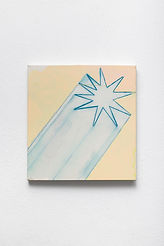
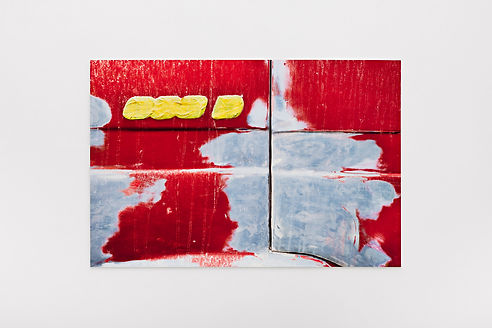
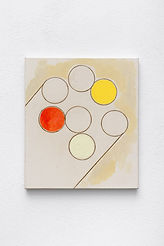
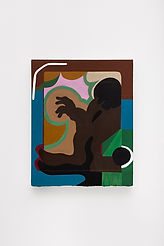




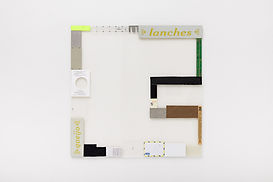



EXPOSICOES
o que ja passou por aqui
Tudo o que se segue participa o mais possível (...) dessa respiração da esponja em que continuamente entram e saem peixes da memória, alianças fulminantes de tempos e estados e matérias que a seriedade, essa senhora demasiadamente tida em conta, consideraria inconciliáveis1.
Da mesma maneira que Julio Cortázar se apropria de Júlio Verne, com a liberdade de inverter os substantivos, eu também tomo de empréstimo o título deslocado. Apesar de não compartilhar do mesmo nome que os autores, justificativa para a autorização do “roubo” a Cortázar, compartilho, de certa forma, uma visão de mundo semelhante. No meu dia, tal qual Cortázar e, como presumido por ele, Verne (e suas personagens Phileas Fogg, Passepartout, Aouda e Fix), também há 80 mundos e em cada mundo outros 80 dias e em cada dia outros 80 mundos e assim por diante.
Phileas Fogg, na sua volta, parte de Londres na missão de comprovar um fenômeno que, desde a ambiência da revolução industrial até o dia depois de amanhã, se coloca em evidência: o mundo ficou pequeno demais. A volta ao mundo de Verne se fez possível pela velocidade do barco e do trem a vapor e, se tudo se encaixasse perfeitamente, em 80 dias Phileas Fogg e Passepartout (e eventualmente Fix e Aouda) fariam o que até então era inimaginável.
De fato, o mundo ficou pequeno, mas as distâncias continuam as mesmas. O que se coloca em evidência é a característica chave da virada moderna à contemporaneidade: a nossa relação com o tempo mudou. Cabem 80 mundos em um dia, assim como em 80 dias coube um mundo.
Ele não viajava, ele descrevia uma circunferência. Era um corpo com o seu peso, percorrendo uma órbita ao redor do globo terrestre, conforme às leis da Mecânica Racional. Nesse momento, ele refazia mentalmente os cálculo das horas consumidas desde sua saída de Londres, e estaria esfregando as mãos se sua natureza lhe permitisse fazer um movimento inútil2.
O movimento inútil que Fogg se empenha em não realizar é constantemente forçado a ele. Os desvios, os percalços, as mudanças de planos são constantemente impostas aos viajantes e, por mais que não seja a intenção, se faz necessário olhar para a paisagem com outros olhos, repensar o caminho planejado, inventar novas formas de ver o mundo. No começo, a aposta que deu início a viagem faz parte de um jogo que é imediatamente racionalizado por Fogg. Aos poucos, Passepartout, Fix e Aouda - ao imporem obstáculos, problemas a serem solucionados, transformam essa “descrição de uma circunferência” em uma deriva, um “andar a zonzo mesmo com destino”.
O que se propõe em “A volta ao dia em 80 mundos” é tentar identificar algumas dessas derivas, dessas coisas que se repetem, do que se torna um sozinho mas também se torna outros 80 quando relacionado consigo mesmo e com o outro. O mundo se faz um por essa análise combinatória de roubos, empréstimos, deslocamentos, deslumbramentos, memórias e tantas outros fenômenos possíveis e impossíveis de nomear.
O desvio opera uma ruptura abrupta do cotidiano pelo fantástico. Esse estranhamento de algo aparentemente familiar se faz de diversas maneiras. Há, nos 8 artistas desta exposição, o convite a olhar o mundo de novo e em cada olhar, encontrar outro mundo. Seja por pensar a fotografia como pintura; por encontrar a paisagem a partir da construção pictórica de vestígios urbanos; por evidenciar o que se faz diferente a partir da repetição; pela des-hierarquização dos materiais; pela apropriação crítica do cânone; pelo reposicionamento da forma a partir de sua suspensão; pelo sample; pelo jogo que é jogado apenas com a intenção de jogar. Nenhum desses procedimentos é exclusivo, eles se contaminam na produção dos artistas aqui apresentados e também não são pontos finais em sua produção: são pontos
de partida.
Mais uma vez, roubo Cortazár roubando outros tantos:
Há um mundo, há oitenta mundos por dia; há Dargelos e Hatteras, há Gordon Pym, há Palinuro, há Oppiano Licario (desconhecido, não é? Depois falaremos do cronópio Lezama Lima e também, algum dia, de Felisberto e de Maurice Fourré), e há sobretudo o gesto de compartilhar um cigarro e um passeio pelos bairros mais furtivos de Paris ou de outros mundos, mas chega, você já tem uma idéia do que vem por aí, então digamos como o grande Macedonio: “Evito assistir ao final dos meus escritos, por isso os termino antes que aconteça”3.
1 Cortázar, Julio. Assim começa. IN: A volta ao dia em 80 mundos.
2 Verne, Júlio. A volta ao mundo em 80 dias.
3 Cortázar, Julio. Assim começa. IN: A volta ao dia em 80 mundos.
Everything that follows participates as much as possible in that sponge-like breathing, where fish of memory are constantly entering and exiting, sudden alliances of times, states, and materials that seriousness—a lady far too often taken seriously—would deem irreconcilable.¹
Just as Julio Cortázar borrowed from Jules Verne, with the freedom to invert nouns, I too borrow the displaced title. Though I don’t share the same name as the authors—Cortázar’s excuse for his “theft”—I do share, in some way, a similar worldview. In my own day, just like Cortázar and, as he suggests, Verne (and their characters Phileas Fogg, Passepartout, Aouda, and Fix), there are also eighty worlds, and in each world another eighty days, and in each day another eighty worlds, and so on.
Phileas Fogg, in his circumnavigation, departs from London to prove a phenomenon that has remained evident since the Industrial Revolution and into the day after tomorrow: the world has become too small. Verne’s journey around the globe became possible due to the speed of steamboats and trains, and if everything aligned perfectly, Fogg and Passepartout (and eventually Fix and Aouda) could do what once seemed unimaginable.
Indeed, the world has become small, but the distances remain the same. What has fundamentally shifted is our relationship with time—that is the key trait distinguishing the modern turn into contemporaneity. There are eighty worlds in a single day, just as one world fit into eighty days.
He wasn’t traveling; he was describing a circumference. A body with weight, tracing an orbit around the globe, according to the laws of Rational Mechanics. At that moment, he was mentally recalculating the hours consumed since his departure from London, and he would’ve been rubbing his hands if his nature allowed such a useless gesture.²
The useless gesture Fogg tries so hard to avoid is continually forced upon him. Detours, setbacks, and changed plans are constantly imposed on the travelers, and despite his intentions, Fogg is required to look at the landscape with new eyes, to rethink the mapped-out path, to invent new ways of seeing the world. The initial wager that sparked the journey was part of a game, immediately rationalized by Fogg. Over time, Passepartout, Fix, and Aouda—with their obstacles and unexpected turns—transform this “description of a circumference” into a drift, a “wandering with a purpose.”
What is proposed in Around the Day in Eighty Worlds is the attempt to identify these drifts, these things that repeat, that become singular but also become another eighty when related to themselves and to others. The world becomes one through this combinatory analysis of thefts, borrowings, displacements, astonishments, memories, and so many other phenomena both nameable and unnameable.
The detour enacts a sudden rupture of the everyday by the fantastic. This estrangement of the seemingly familiar manifests in multiple ways. Among the eight artists in this exhibition, there is an invitation to look at the world again—and in each gaze, discover another world. Whether it be by thinking of photography as painting; by encountering landscape through the pictorial construction of urban traces; by highlighting difference through repetition; through the de-hierarchization of materials; through critical appropriation of the canon; through the repositioning of form via suspension; through sampling; or through a game played for the pure joy of playing—none of these procedures are exclusive. They bleed into one another across the works presented here, and they are not endpoints, but beginnings.
Once again, I steal from Cortázar stealing from so many others:
There is one world, there are eighty worlds per day; there is Dargelos and Hatteras, there is Gordon Pym, there is Palinuro, there is Oppiano Licario (unknown, isn’t he? We’ll talk about the cronopio Lezama Lima, and also, someday, about Felisberto and Maurice Fourré), and above all, there is the gesture of sharing a cigarette and a stroll through the furtive neighborhoods of Paris or other worlds, but enough—you already have a sense of what’s to come, so let’s say, like the great Macedonio: ‘I avoid witnessing the end of my writings, so I finish them before that happens.³
¹ Cortázar, Julio. This Is How It Begins. In: Around the Day in Eighty Worlds
² Verne, Jules. Around the World in Eighty Days
³ Cortázar, Julio. This Is How It Begins. In: Around the Day in Eighty Worlds
.png)